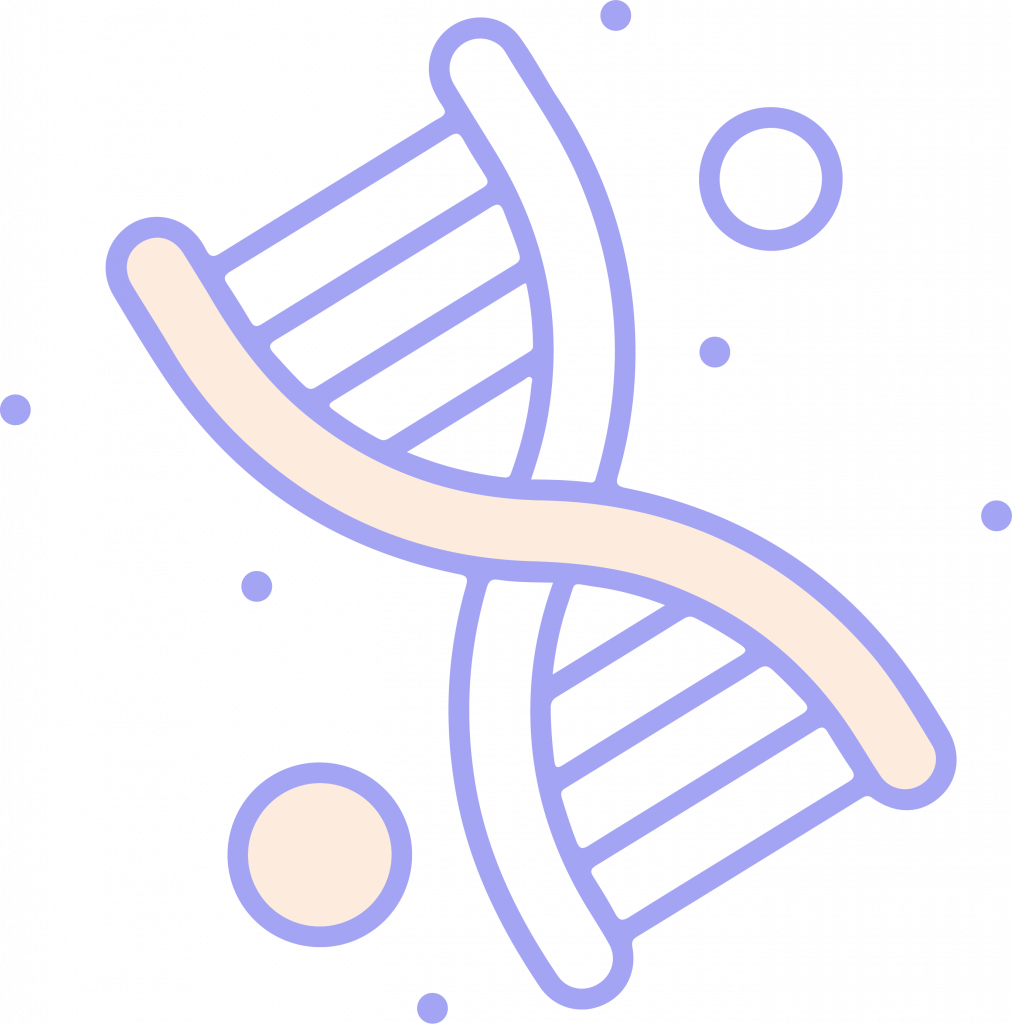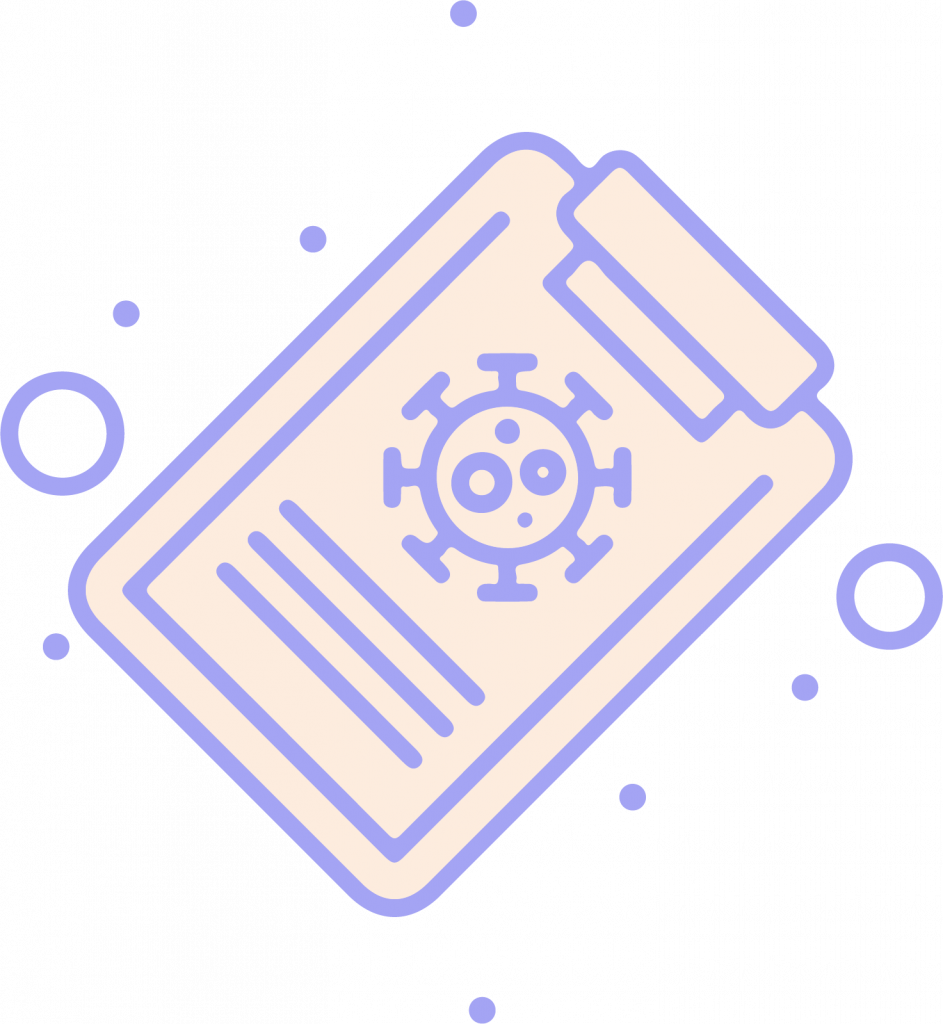Internal Medicine
Gastroenterology

Gastroenterology
Preface
No one wants to waste time reading a preface. Neither did we want to write something that will get ignored. But this isn’t that formality.
We wrote this introduction to quickly explain to you why this course is different. In the book, ‘The Magic of Thinking Big’ author David Schwartz wrote, ‘The story is told that the great scientist Einstein was once asked how many feet are in a mile. Einstein’s reply was, “I don’t know. Why should I fill my brain with facts I can find in two minutes in any standard reference book?” Einstein taught us a big lesson. He felt it was more important to use your mind to think than to use it as a warehouse for facts.’ And then the author goes on to explain that the ability to know how to get and use information is more important than using the mind as a garage for miscellaneous facts.
Unfortunately, most question banks consist of a haphazard assortment of different questions probing for information to prepare you for the exam. But once you get responsible for patients, both you and your patient know that they rely on you for your thinking skills and Google for a quick fact check.
So based on this principle, we develop our courses in Tome Pollom. Every chapter has the concepts explained in a clear, simple, and straight-forward way. In fact, you will need little effort to understand the concepts and will be surprised how quickly and easily you can finish studying!
Our hope is that this course is going to save you time and energy (and sleep and anti-depressants and hair-loss) and much more of your valuable resources. Just see for yourself.
Nevertheless, if you feel anything needs improving from your perspective, or whether the information is unclear or wrong, every page has a ‘Send Us Your feedback’ box for your kind input. We thrive on your feedback and criticisms and we aim to improve as we go along together. So, thank you in advance.
Hope you have a productive session. Make sure you get enough sleep!
About the course
Gastroenterology is a straight-forward system because most of the diseases that affect the organs are either going to cause obstructive or inflammatory symptoms and telling them apart is not that difficult because of the characteristic signs and symptoms that each produce. In addition, the relative distance between the locations of the organs makes for an easier zoning in on and identifying the affected organ. More importantly, the physiology of the gastroenteric system is comparatively one of the easier systems to understand and get a handle over. Nevertheless, it is as interesting as any other system of the human body, and along with the occasional outliers that are diagnoses of exclusion, this is going to be an engaging learning topic.
And best of all, these are conditions that are often seen in the clinic and hospitals, making them very familiar to a practicing physician, both in spotting and in managing (especially surgeons). And they include esophageal diseases that cause dysphagia or esophagitis, gastric diseases that cause gastritis or peptic ulcers, as well as gastric tumors, small bowel diseases involving malabsorption syndromes and carcinoid syndrome, colon diseases that are mostly surgical cases (diverticulosis, diverticulitis, polyps and cancer), gallbladder diseases that mainly stem from gallstones (cholelithiasis and cholecystitis), pancreatic diseases that may cause acute or chronic inflammation (pancreatitis). And finally, inflammatory bowel diseases (IBD) that can impact the entire gastrointestinal tract (GIT).
We’ve tried our best to make this system as simple and accessible as possible. But we hope to improve this section even more with your constructive feedback. Wish you all the best and get enough sleep!

What will you learn
Euismod sem purus rutrum in. Tortor varius a bibendum nisl et tellus. Aliquet elit senectus iaculis netus gravida.
1. Sed viverra ipsum nunc aliquet bibendum enim facilisis gravida.
2. At urna condimentum mattis pellentesque id nibh.
3. Magna etiam tempor orci eu lobortis elementum.
4. Bibendum est ultricies integer quis. Semper eget duis at tellus.
What our students say

Cutts Daniel
Lorem ipsum dolor sit amet, consectetur adipiscing elit. Ut elit tellus, luctus nec ullamcorper mattis, pulvinar dapibus leo.

Daniel Smith
Lorem ipsum dolor sit amet, consectetur adipiscing elit. Ut elit tellus, luctus nec ullamcorper mattis, pulvinar dapibus leo.

Katherine Cutts
Lorem ipsum dolor sit amet, consectetur adipiscing elit. Ut elit tellus, luctus nec ullamcorper mattis, pulvinar dapibus leo.


Copyright ©| Tome Pollom


